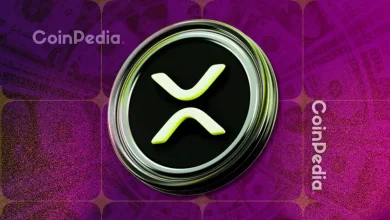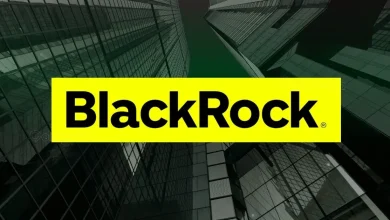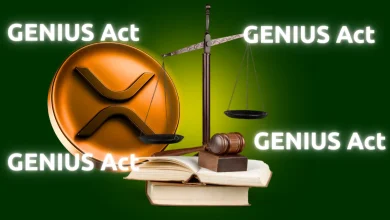
Wall Street Banks Eye Stablecoin Future: JPMorgan, BofA, Citi, and Wells Fargo are teaming up to create a regulated stablecoin, aiming to modernize digital payments and challenge crypto-native firms.
Regulatory Green Light in Sight: With the GENIUS Act advancing in the Senate, traditional banks may soon get the legal clarity needed to enter the stablecoin market securely.
As digital assets continue to reshape global finance, America’s biggest banks are moving to reclaim their role at the forefront. A new report by The Wall Street Journal reveals that JPMorgan, Bank of America, Citigroup, and Wells Fargo are exploring a joint stablecoin initiative, one that could transform traditional banking’s approach to digital money and challenge the dominance of crypto-native platforms.
US Banks Push for Regulated Stablecoin
Leading US financial institutions are in early talks to develop a stablecoin through two key entities: Early Warning Services (EWS) and The Clearing House (TCH). Both are jointly owned by a consortium of major banks. EWS runs Zelle, the popular peer-to-peer payment network, while TCH powers real-time interbank payments.
This initiative signals a significant shift in banking strategy, no longer ignoring the digital asset trend but actively building infrastructure to compete with it.
Regulatory Clarity Could Accelerate Stablecoin Development
A crucial element for the stablecoin project’s success lies in regulatory clarity. The GENIUS Act, short for Guiding and Establishing National Innovation for US Stablecoins, could become the legal foundation for such initiatives. The bill recently passed a procedural Senate hurdle and, if fully approved, would allow both banks and nonbanks to issue stablecoins under a regulated framework.
For the banks, this could mean a clear path to create and distribute dollar-backed digital assets legally and securely, opening the door to broader institutional adoption.
JPMorgan and Wells Fargo Lead the Way
JPMorgan has already launched its digital dollar, JPM Coin, to move money within its system. Wells Fargo has tested a similar version called Wells Fargo Digital Cash for use in cross-border payments and internal transfers. Meanwhile, Bank of America hasn’t rolled one out yet, but its CEO says they’re ready to go, as soon as the rules allow it.
Crypto-Native Firms Target Banking Status
While traditional banks warm up to blockchain, crypto-native firms like Circle, BitGo, Paxos, and Coinbase also advance toward full-scale banking roles. With President Trump’s return and his pro-crypto stance, promising to make the US a “Bitcoin superpower,” these firms are again finding room to grow after years of regulatory headwinds.
Some, like BitGo, are reportedly preparing to apply for bank charters while managing reserves for stablecoins like USD1, tied to a venture from the Trump family.
As big banks turn to blockchain and crypto firms try to go mainstream, stablecoins are becoming the next big thing. If banks launch their digital dollar, it could change how money moves and bring traditional finance closer to crypto. But it all depends on rules, demand, and how fast they can act.
Never Miss a Beat in the Crypto World!
Stay ahead with breaking news, expert analysis, and real-time updates on the latest trends in Bitcoin, altcoins, DeFi, NFTs, and more.
FAQs
It’s a bill aimed at regulating stablecoins in the US, providing a legal framework for banks & nonbanks to issue them.
Yes, firms like Circle, BitGo, Paxos, & Coinbase are pursuing bank charters to offer more regulated services.
It could revolutionize how money moves, bridging traditional finance with crypto, dependent on regulations and demand.








